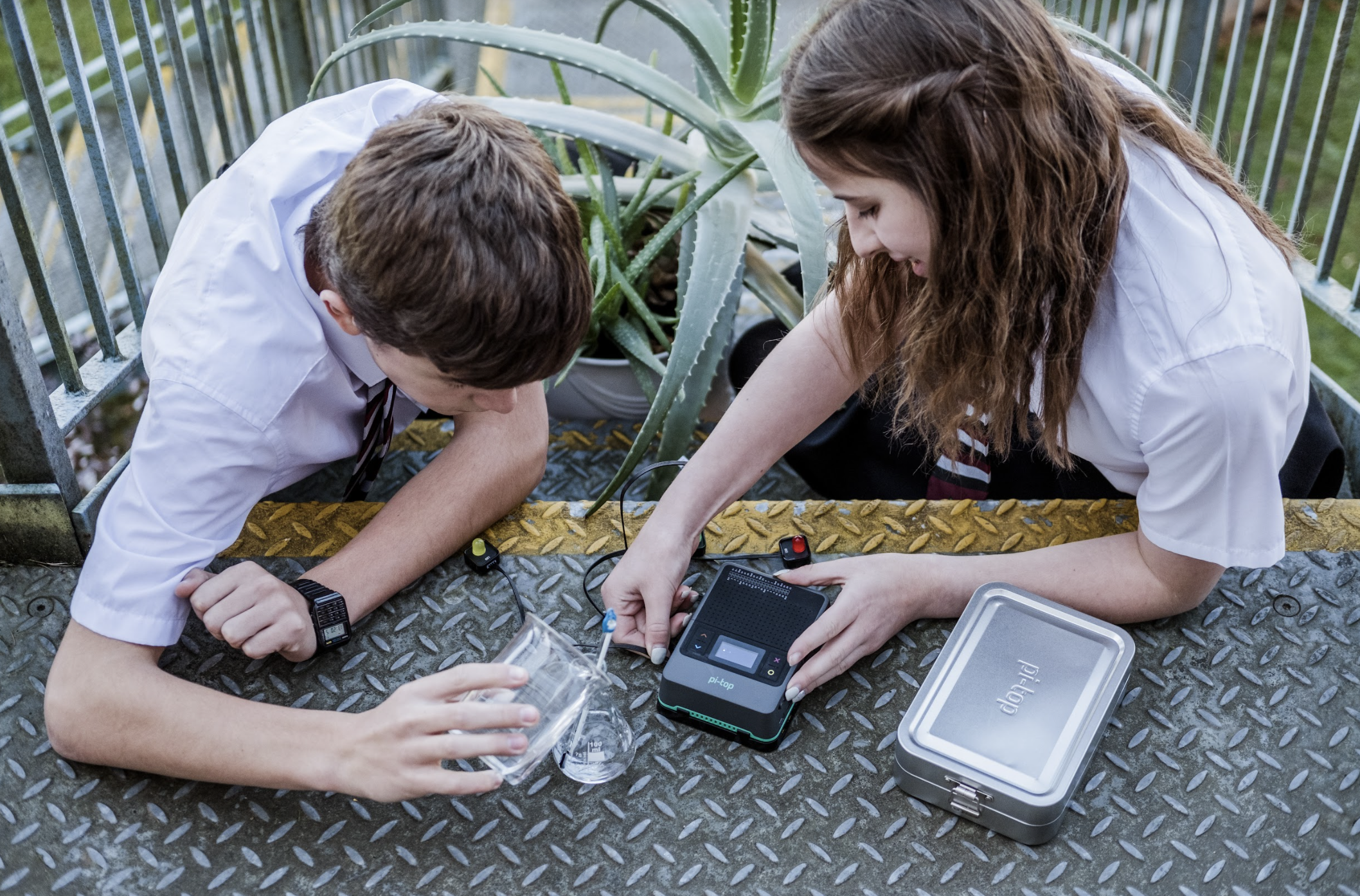In just the last 20 years, technology has become a prevalent, and often necessary, part of our lives. Since the pandemic in 2020, the advancements are even more widespread - from Zoom meetings to essential devices in and out of the classroom. Teachers and students alike were thrown into the world of virtual learning, relying heavily on computers and software.
With this in mind, it’s no secret that having some knowledge of the inner workings of these devices can help troubleshoot problems that often occur. But how does one go about teaching this information, especially if they may not be an expert themselves?
With that hefty teacher workload, we may be able to simplify this a bit and save you some time! Let’s break it down!
Computer Science Pedagogy - Top 3 Tips
1. Understanding
The first step is to help students better understand the ‘computer language’ or code by breaking it down into layman’s terms. In other words, students must first understand source code before they can manipulate a computer program. Many CS teachers turn to websites like CS First and Coderbyte that have courses and scenarios to practice interpreting and using code. The more a student visualizes program codes, the more confident they will be to write and employ code by themselves!

2. Visualization
Speaking of visualizing, the second important part of teaching computer science is to provide some sort of visual image or graph that allows students to see the overall big picture. Not only will this help them understand the key factors from input to output, but, like any other class, visuals help make the information more appealing!
This can be accomplished by using coding block reference sheets like the one from ScratchJr. that helps students to retain CS vocab.
3. Real-world Application
Lastly, to drive home any CS concept, what could be better than applying it to a real-world scenario? The ability to solve problems is the most significant component of computer science, and it is a fundamental life skill. To help students wrap their minds around this, offer them fun, engaging tasks, such as creating games online or setting up a fun website that is all their own. Code.org has a full list of projects to choose from that will keep your students working!
Additionally, STEM projects allow students the opportunity to apply their CS knowledge to other areas of study such as Science, Engineering, and Math. Since we know a teacher’s time is precious, here are some free lesson plans and resources for STEM projects geared toward CS: BrainPOP Educators, Sciencebuddies.org, and RaspberryPi.org.

Whether you consider yourself a CS expert or a teacher just trying to keep up with the times, these methods will help incorporate crucial technology skills necessary for both basic and advanced computer science curricula.
With these skills, students will learn how to solve problems and think outside the box. Most importantly, they will be able to integrate CS into other subjects, preparing them for the ever-expanding world of technology.
.png)